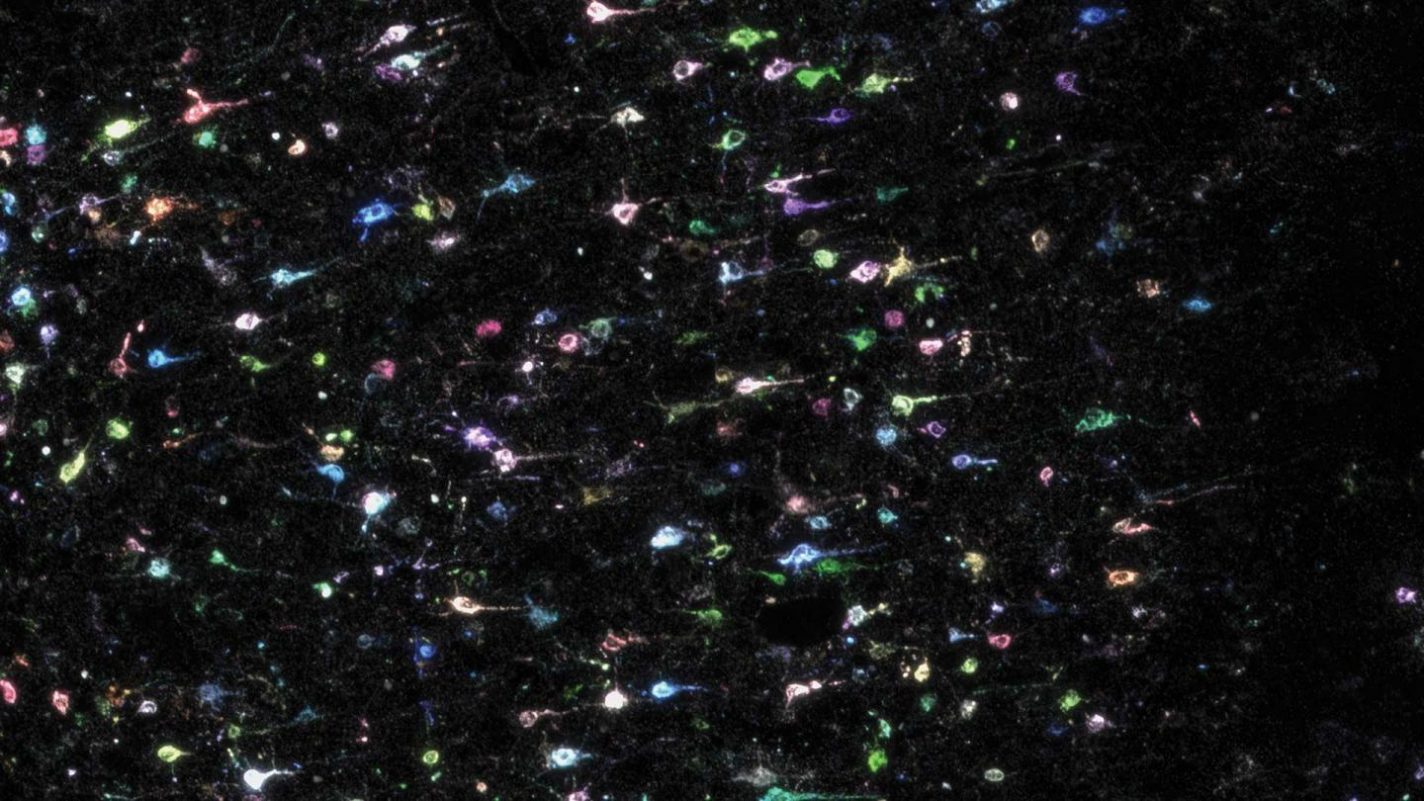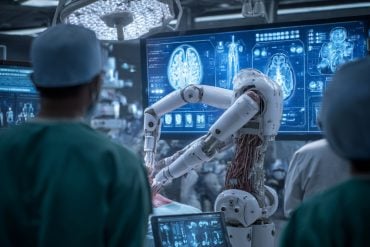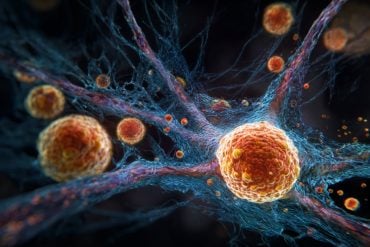Summary: BARseq2 is a new technique that allows researchers to trace thousands of brain circuits simultaneously.
Source: Cold Spring Harbor Laboratory
There are billions of neurons in the human brain, and scientists want to know how they are connected. Cold Spring Harbor Laboratory (CSHL) Alle Davis and Maxine Harrison Professor of Neurosciences Anthony Zador, and colleagues Xiaoyin Chen and Yu-Chi Sun, published a new technique in Nature Neuroscience for figuring out connections using genetic tags. Their technique, called BARseq2, labels brain cells with short RNA sequences called “barcodes,” allowing the researchers to trace thousands of brain circuits simultaneously.
Many brain mapping tools allow neuroscientists to examine a handful of individual neurons at a time, for example by injecting them with dye. Chen, a postdoc in Zador’s lab, explains how their tool, BARseq, is different:
“The idea here is that instead of labeling each neuron with a fluorescent dye, we fill it up with a unique RNA sequence, and we call this an RNA barcode. You can sequence the barcode to read out where that neuron sends its projection. You can label like tens of thousands of neurons, all at the same time, and you can still distinguish which axon comes from which neuron.”
The latest generation of this tool, called BARseq2, adds a step to analyze a couple dozen natural neural genes through sequencing chemistry similar to what is used to light up artificial RNA barcodes. Chen says:
“These differences in gene expression usually reflect something that these neurons are doing. For example, if a neuron expresses certain receptors, you will be able to respond to whatever those receptors receive. So compared to anyone that doesn’t have those receptors, they will respond differently to certain signals.”
BARseq2 brings brain structure and function together. Sun, a former research technician in Zador’s lab and now a New York University graduate student, compares the brain to a car.

To truly understand how a car works, “you look at all aspects, from the physical and electrical properties to the way each piece links together. Similarly, to understand how the brain works, you have to look at all the different aspects of each neuron, including each neuron’s location in the brain, gene expression, and connection to other neurons.”
This project is part of a multi-institutional effort, the NIH-funded BRAIN Initiative Cell Census Network, to compile an atlas of every cell in human, mouse, and non-human primate brains. This work will allow scientists to tease apart how we produce complex behaviors and give researchers new tools to treat brain diseases.
About this neuroscience research news
Source: Cold Spring Harbor Laboratory
Contact: Sara Roncero-Menendez – Cold Spring Harbor Laboratory
Image: The image is credited to Chen and Sun/Zador lab, CSHL/2021
Original Research: Closed access.
“Integrating barcoded neuroanatomy with spatial transcriptional profiling enables identification of gene correlates of projections” by Yu-Chi Sun, Xiaoyin Chen, Stephan Fischer, Shaina Lu, Huiqing Zhan, Jesse Gillis & Anthony M. Zado. Nature Neuroscience
Abstract
Integrating barcoded neuroanatomy with spatial transcriptional profiling enables identification of gene correlates of projections
Functional circuits consist of neurons with diverse axonal projections and gene expression. Understanding the molecular signature of projections requires high-throughput interrogation of both gene expression and projections to multiple targets in the same cells at cellular resolution, which is difficult to achieve using current technology.
Here, we introduce BARseq2, a technique that simultaneously maps projections and detects multiplexed gene expression by in situ sequencing.
We determined the expression of cadherins and cell-type markers in 29,933 cells and the projections of 3,164 cells in both the mouse motor cortex and auditory cortex.
Associating gene expression and projections in 1,349 neurons revealed shared cadherin signatures of homologous projections across the two cortical areas. These cadherins were enriched across multiple branches of the transcriptomic taxonomy.
By correlating multigene expression and projections to many targets in single neurons with high throughput, BARseq2 provides a potential path to uncovering the molecular logic underlying neuronal circuits.






